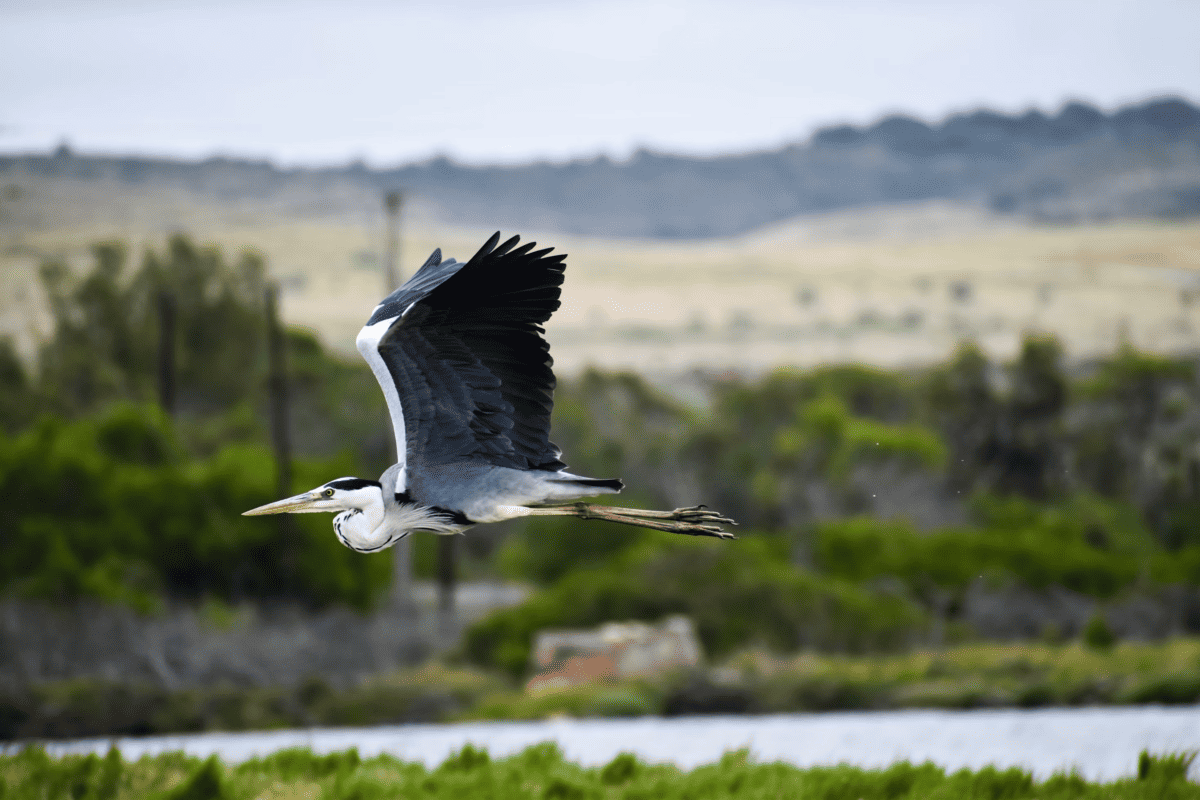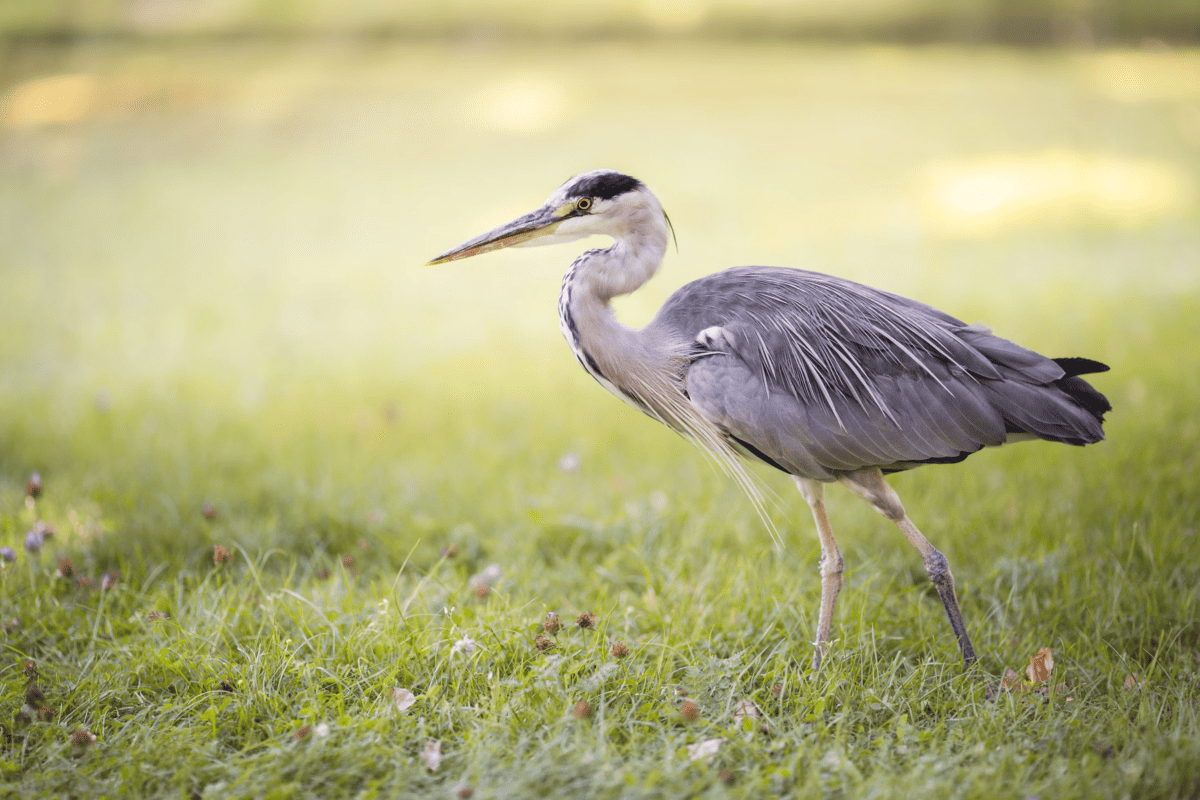The avian world is full of surprises as the Grey Heron is expanding it range in the US. On September 6, 2020, one such surprise unfolded on Tuckernuck Island, Massachusetts, when Skyler Kardell, a coastal steward, made an astonishing observation. Amidst his routine birdwatching, Kardell spotted a peculiar bird that didn’t quite fit the usual sightings of great blue herons. Closer inspection revealed it to be a gray heron, a species native to Eurasia. This remarkable sighting marks the first time a gray heron has been recorded in the contiguous United States. But what could this mean for the future of avian populations in the Americas?
The Unveiling of a New Visitor
Gray herons, scientifically known as Ardea cinerea, bear a striking resemblance to their North American counterpart, the great blue heron. Both species belong to the same taxonomic genus and share similar habitats and diets. However, gray herons are typically found across Europe, sub-Saharan Africa, and parts of Asia. The sighting of one in Massachusetts suggests a significant expansion of their range. While the exact journey of this particular heron remains a mystery, it highlights the remarkable capacity of birds to traverse vast distances, sometimes venturing far beyond their typical territories.
A Closer Look at the Gray Heron
Distinguishing between gray herons and great blue herons requires a keen eye. Despite their similarities, there are subtle differences that set them apart. Gray herons tend to be smaller with shorter legs, bills, and necks. They also exhibit a lighter hue compared to their North American relatives. These nuances may seem minor, but they play a crucial role in accurately identifying these majestic birds.
The Mysteries of Migration
How did the gray heron find its way to Nantucket? Ornithologists speculate various routes, including a northerly flight from Europe, a journey across Africa to the Americas, or even hitching a ride on a boat. Regardless of the precise path, the presence of gray herons in unexpected locations underscores the dynamic nature of avian migration. As these birds explore new territories, they pave the way for potential colonization, shaping the biodiversity of regions far from their native habitats.
Embracing Vagrant Birds
The concept of “vagrant” birds challenges conventional notions of species distribution. Rather than anomalies, these wanderers represent a natural process of exploration and adaptation. Richard Veit, a director at the Tuckernuck Land Trust, emphasizes that vagrancy is not a sign of disorientation but rather an opportunity for species expansion. Just as cattle egrets successfully migrated from Africa to the Americas, gray herons may follow suit, establishing populations across the continent.
Anticipating Future Encounters

Since its initial sighting, the gray heron has continued its journey, likely heading westward. Its whereabouts remain unknown, leaving birdwatchers eagerly anticipating future encounters. The prospect of encountering such a rare visitor serves as a reminder of the boundless wonders of the avian world and the ongoing evolution of global bird populations.
Wrapping Up with the Grey Heron Expanding Range In US
In conclusion, the sighting of a gray heron in the contiguous United States marks a significant milestone in the realm of ornithology. This extraordinary event prompts us to reconsider our understanding of bird migration and species dispersal. As we marvel at the beauty of these majestic creatures, let us also embrace the unpredictability of nature and remain vigilant for the next avian adventure that awaits just beyond the horizon.
Thank you for following along with this article –
Next up in the animal kingdom:
- Golden Eagle Is The National Animal For Five Countries Including Mexico
- Is It Okay To Feed Ducks Bread?
Join our Forum for free today!

- Big Cats Love Mouthing Affection - July 22, 2024
- Kind Elephant Merciful To Lion Cubs - July 22, 2024
- Beachgoers Save Massive Shark Stranded In Florida - July 22, 2024

